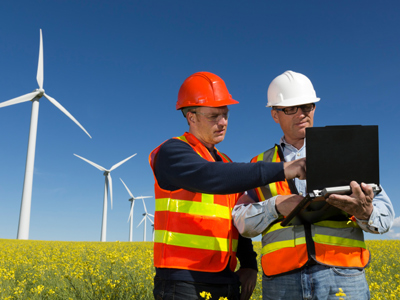
Energy - Transfers and Efficiency
This GCSE Physics quiz on energy looks at transfers and efficiency. The principle of conservation of energy states that 'energy can neither be created nor destroyed, only changed from one form into another'. Energy changes make the world work. Plants transfer the light energy from the Sun into chemical energy of food by photosynthesis. Animals, including humans, change the chemical energy of food into heat and kinetic energy. We transfer the chemical energy stored in coal, oil and gas into electrical energy to run our electronic appliances and machines; into kinetic energy to run our vehicles; into heat energy to cook our food and more.
The electrical energy generated at power stations is transferred into other forms of energy by our machines and electronic devices.
Ready for more?
not all...
quizzers. Try to win a coveted spot on our Hall of Fame Page.







